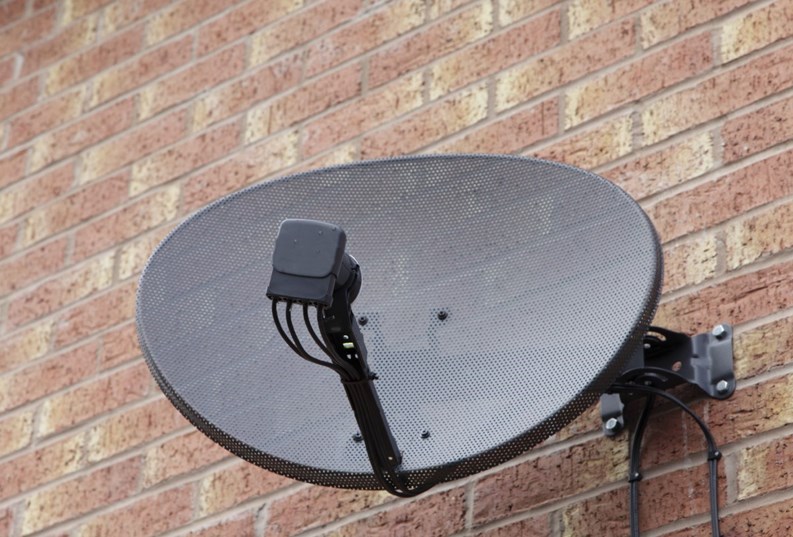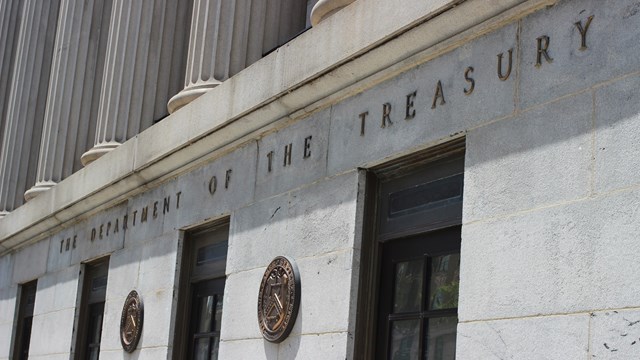While the era of massive, NASA-sized satellite dishes is long past (unless you’re in a very old building, or have held on to an antique dish out of nostalgia), the advent of smaller apparatus—as well as rooftop cell phone towers—has brought challenges along with the convenience.
Satellite dishes—which, according to the Telecommunications Act of 1996, are legal in co-ops, condos and HOAs—have sprouted on the outside of many residential buildings in recent years, causing aesthetic as well as safety worries from concerned citizens, boards and management companies, and liability issues from insurance companies. The other exterior technology—cell phone towers—which have also popped up—can be a source of revenue for buildings which opt to allow them on their roof spaces—but they can also pose structural threats if not installed and maintained properly.
Calling All Residents
Since the 1980s, cell phone towers have been big business. In the United States, there are currently more than 190,000 cell phone towers; in 1985, there were only about 900, according to Airwave Management LLC. Buildings—including churches—can hide cell towers on their rooftops. Typically, the cell company or wireless service provider negotiates a lease for an installation site, and agrees to service and maintain the tower. The building benefits by receiving the rental income. Given the limited number of suitable buildings, competition between cell phone companies to get into a coveted building can be fierce, with some carriers offering to buy out existing cell tower contracts and pay higher rent just to get a good spot.
“In about the early ‘90s as the use of cell phone technology started to grow, several companies approached condominium buildings and offered them money for placement of a rooftop antenna as a means of boosting their signal,” says Eric M. Glazer, Esq., founding partner of the law firm of Glazer & Associates P.A. in Fort Lauderdale.
The average cost of building a cell phone tower is around $150,000—but it’s worth it. The average yearly cell phone tower lease rate in the US is $45,000. Massachusetts has the highest cell tower lease rates, ranging from $91,000–$535,000 while Florida ranks ninth in the nation, with annual tower lease rates ranging from $20,000 to $310,000.
A lot of companies will look to properties with whom they already have relationships, rather than attempting to partner with new residential buildings or developments, says Erica David, manager of Independent Network Services, a communication tower construction company based in Ocala.
“Getting the information back and forth for AT&T or whoever the owner might be is time consuming, and they want to expedite construction as quickly as possible. So a lot of carriers prefer to deal with owners they already know or are affiliated with. That way they don't have to go through a whole new vendor process.”
“There are a lot of different factors the companies take into consideration when siting a tower,” says Lisa A. Magill, a shareholder attorney with the law firm of Becker & Poliakoff in Fort Lauderdale. “Obviously buildings in more dense areas are more desirable than those in rural areas. Having other cell towers that are located in the same region may be either a negative or a positive factor. Positive in that if there is a need for service in the area, it's more likely that the local building department or other agency with jurisdiction will allow the installation. Negative in that the need may already be met for that particular area. Access to the facility and the availability of staging areas and equipment storage and the like is generally a factor as well, since the provider has to take its construction costs into account.”
“Building height is always an issue when determining whether to offer a condominium the opportunity for placement of an antenna,” adds Glazer. “Typically, companies also try to put new antennas in places where reception simply needs to be improved.”
Potential Health Risks
According to the FCC, there are no potential health hazards to nearby residents or students from cell phone towers but that hasn’t prevented controversy at a Naples elementary school.
In mid-January 2014, parents, teachers and community residents concerned about weather-related safety and fire issues, reduced property values, and especially the potential for adverse health effects on school children exposed to antennas over the long term began an online petition to prevent a cell phone tower from being erected on the site of one South Florida community elementary school. The petition proved successful, and plans for the tower came to an abrupt halt.
“We feel we don’t know enough about the radiation coming from a cell phone tower to know whether or not 10–20 years from now our kids are going to see any health effects from it,” resident Susan Lucarelli told a local newspaper when she discovered plans to install a cell phone tower atop her son’s school.
“Generally speaking in terms of health, we probably wouldn't know if there are any dangers until 20 years from now because it's a fairly new industry,” says David. “With that said, there are tons of towers on university buildings. There is probably a cell phone tower on almost every college campus across Florida. I can see concern from parents—that makes sense. I just don't know how much of an effect it would be versus a microwave in your home. There are a lot of risks out there, but it's hard to pinpoint what is what.”
Rules and Regulations
In 1996, the Federal Communications Commission (FCC) adopted rules for Over-the-Air-Reception-Devices (OTARD). According to the FCC, the rules prohibit restrictions on a property owner or tenant’s right to install, maintain or use an antenna to receive video programming from direct broadcast satellites, broadband radio services and television broadcast stations. The OTARD rules apply specifically to dishes that are 1 meter or less in diameter used to receive direct broadcast services.
The rule allows local governments, community associations and landlords to enforce restrictions that do not impair the installation and maintenance of such equipment. Under some circumstances where a central or common antenna is available, a community association or landlord may restrict the installation of individual antennas. The rule does not apply to common areas that are owned by a landlord, community association or jointly by condominium or cooperative owners where the antenna user does not have an exclusive use area. Such common areas may include the roof or exterior wall of a multiple dwelling unit. Therefore, restrictions on antennas installed in or on such common areas are enforceable.
“This is the source of several arbitration cases in the state,” says Glazer. “The law is clear: placement of a cell phone tower on top of a condominium constitutes a material alteration to the common elements. Therefore the association needs a vote of the owners in accordance with their governing documents. If the documents don’t say what percentage of votes is required, then 75 percent of the unit owners must vote in favor of placement of the antenna on the roof. Without the vote of owners, the association cannot place the antenna on the roof.”
According to the experts, there are several legal issues associated with contracting for the construction and use of a cell tower on a condominium building. Many associations have been sued by their residents over the aforementioned potential health risks. Moreover, boards should consult with counsel because they may need membership approval before they can make any arrangements with the provider. If the condominium is part of a community of condominiums or subject to other deed restrictions, the board may have to garner the approval of neighboring residents as well. It is important for the board to pay attention to the form of the contracts, not only the lease but the construction contracts for the work in order to protect its interest.
There are various ways an eligible building can go about having a cell tower on their roof.
“The providers will accept submissions from interested property owners,” says Magill. “T-Mobile has a place on its website for home landlords, and Crown Castle [a telecom provider] has a place on its website for property registration. Industry folks say it’s better to use a company that has expertise in locating sites. I’ve had clients approached by these companies in the past. You can actually go to a website—www.antennasearch.com—to see what towers are already in your general area and it may show locations where future towers are planned.”
Placing an antenna or other telecom technology on your property can be a smart, lucrative move for a condo or co-op association—as long as you stay on the right side of the law (and your own governing docs), do your homework, and partner with an experienced, reputable carrier/installer.
Danielle Braff is a freelance writer and a frequent contributor to The South Florida Cooperator. Staff writer Christy Smith-Sloman also contributed to this article.







Leave a Comment